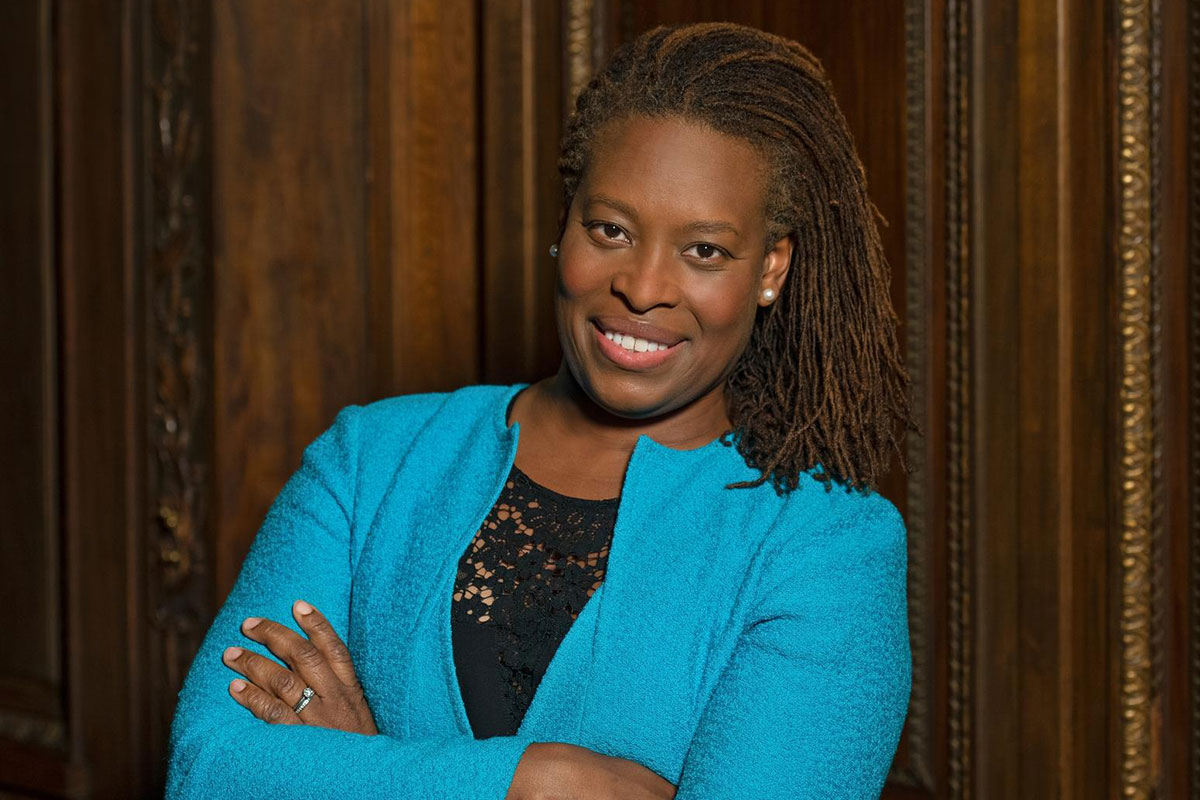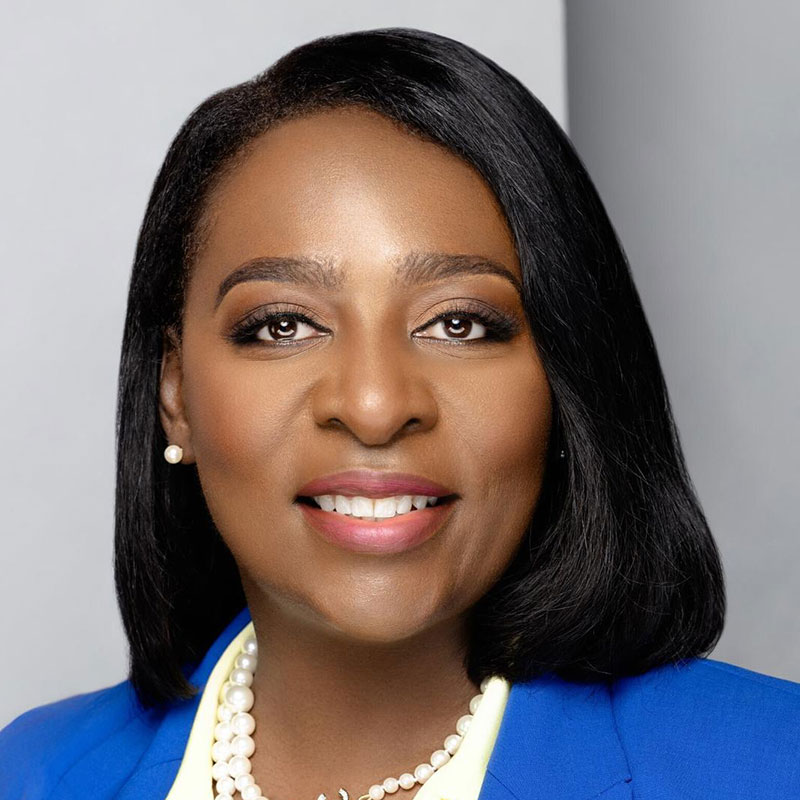Younger workers spot bias against patients
Report surveyed 3,000 people in health care
By Ken Alltucker – USA Today
At a Pennsylvania hospital, a Black nurse said her emergency room colleagues routinely withheld pain medication from Black patients who sought relief from sickle cell disease.
In Montana, a phlebotomist said fellow health care workers often made ‘ignorant comments’ about the hospital’s Native American patients.
Both of these accounts surfaced in a report last week from the Commonwealth Fund and the African American Research Collaborative, based on interviews with thousands of workers who shared their experiences at hospitals and health facilities under the condition they not be identified in the groups’ findings. Researchers surveyed 3,000 health care workers in what authors described as a first-of-its-kind effort to quantify whether employees see discrimination within their workplace. The five categories of health facilities included hospitals, nursing homes, outpatient care such as urgent care centers, mental health and addiction treatment centers and community or school health centers.
Nearly half of health care workers at these facilities witnessed discrimination against patients in their workplace. Younger and Black or Latino health care workers were more likely than their older or white counterparts to say they noticed discrimination against patients.
Among the key findings in the survey: 47% of U.S. health care workers said they witnessed discrimination against patients, and 52% said that racism against patients was a major problem. In addition, employees at health facilities with a higher percentage of Black or Latino patients saw higher rates of discrimination. At hospitals with a majority of Black patients, 70% of workers said they witnessed discrimination against patients based on their race or ethnicity. For hospitals with mostly Latino patients, the figure was 61%.
The report’s findings show that discrimination against patients is a problem, said Dr. Laurie Zephyrin, a senior vice president for advancing health equity at the Commonwealth Fund who co-authored the report.
‘It is something that needs to be addressed,’ said Zephyrin. ‘It is something that not only affects patients but also affects health care workers.’

Dr. Laurie Zephyrin is co-author of a report that found bias against patients. PROVIDED BY JULIENNE SCHAER

Yolanda Lawson said a report quantifying discrimination is important. PROVIDED BY KUAWUANE BURTON
Doctors not involved in the report said the effort to quantify discrimination in healthcare settings is important.
Yolanda Lawson, a Dallas obstetrics and gynecology specialist, is president of the National Medical Association, which represents Black physicians. She said the report validates what many physicians and others know – discrimination and bias exist in health care.
‘It’s important to quantify it,’ Lawson said. For ‘many physicians and health care workers of color, it’s not uncommon for us to recognize it.’
Younger workers more likely to spot discrimination
The phone and online survey was conducted from March 14 through April 5, 2023. It collected replies from more than two dozen types of healthcare workers, including doctors, nurses, licensed practical nurses, dentists, medical assistants, dental hygienists, physician assistants, mental health workers, and administrators.
The survey ‘oversampled’ Black, Latino and Asian and Pacific Islander health care workers to ensure a large enough sample size to yield a smaller margin of error, said Henry Fernandez, chief executive officer of African American Research Collaborative and lead author of the report.
Among other findings, the report’s authors said the generational divide among health care workers was telling, with 59% of workers younger than 40 facing stress due to discrimination compared with 26% of workers 60 or older. Younger workers were more aware of discrimination or more likely to see signs of it.
Zephyrin said discrimination is a ‘critical area to address’ to attract and keep workers during a widespread shortage of healthcare workers. Fernandez said the likelihood that younger workers notice discrimination against patients is ‘one thing that really stood out for me.’
He described it as a pivotal area to focus on, especially as the healthcare industry hires and trains young workers to address chronic workforce shortages.
The report suggested several fixes to address discrimination in health care, including training medical staff to spot discrimination and requiring nursing, medical, and other health schools to require classes about discrimination. Another proposal: create a method for patients and health care workers to anonymously report discrimination. The report suggested health care systems take on this task to encourage workers and patients to report instances of discrimination and racism while protecting the identity of the person who complains.
Hospitals and other facilities also should examine how they treat non-English speakers.
Latino health workers said patients who speak languages other than English are not always treated equally, the report said.
A lesson in respect
Another finding has also resonated for many from the study: Nearly half of the health workers surveyed said their colleagues are more accepting of white patients when they advocated for their care than of Black patients. Overall, 48% of healthcare workers cited the disparate treatment for patients who advocated for themselves, the report said.
Zephyrin said differing treatment for patients who advocate for themselves is concerning. In an ideal setting, patients should be encouraged to ask questions and notify a supervisor when a doctor or nurse isn’t responding to their needs, Zephyrin said. However, the report suggests that when patients attempt to advocate for themselves, they may be treated differently based on their race.
Lawson, the Dallas specialist, said when she was in her third year of medical school, she noticed how some doctors talked over patients and failed to listen to their concerns. As a student, she was with a group of medical students, doctors, and a teaching physician at a Veterans Administration hospital.
The doctor instructing the medical students and resident doctors described the medical care at the bedside of an elderly Black veteran. The veteran was confused by what the doctors were discussing, and nobody took the time to explain any of it to him, Lawson said.
As the group of resident doctors and medical students rounded to the next patient, the man held out his hand for Lawson, the only Black person in the group.
‘He asked, ‘What did they say?’’ Lawson said.
She explained the results of the man’s X-ray and other details of his treatment for multiple chronic conditions.
It’s a lesson she applied throughout her career – and one she relays to young doctors.
‘You talk to the patient. You include them in their care,’ Lawson said. ‘That’s all I really hope for, (that) everyone who interfaces with the health care system is respected.’
